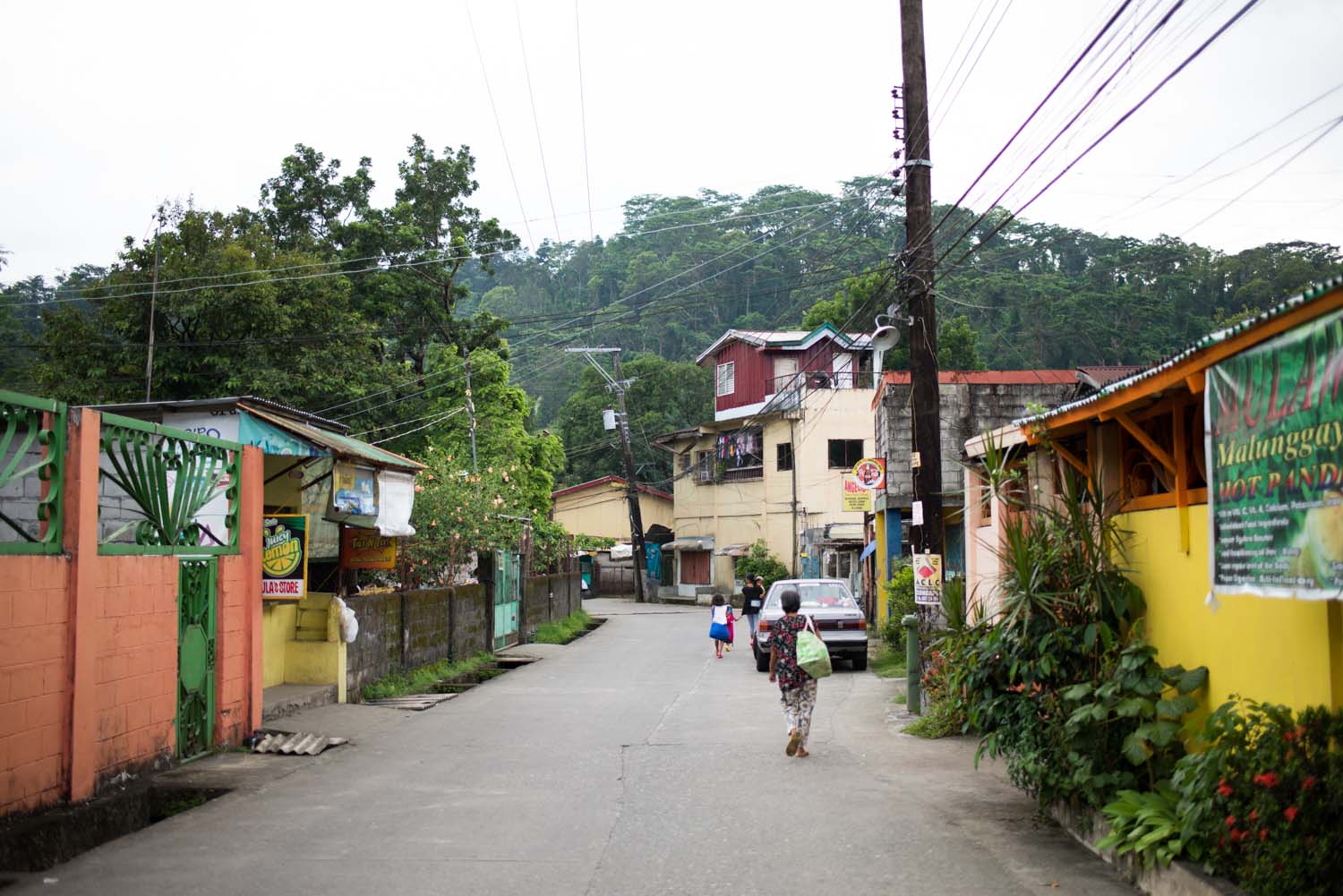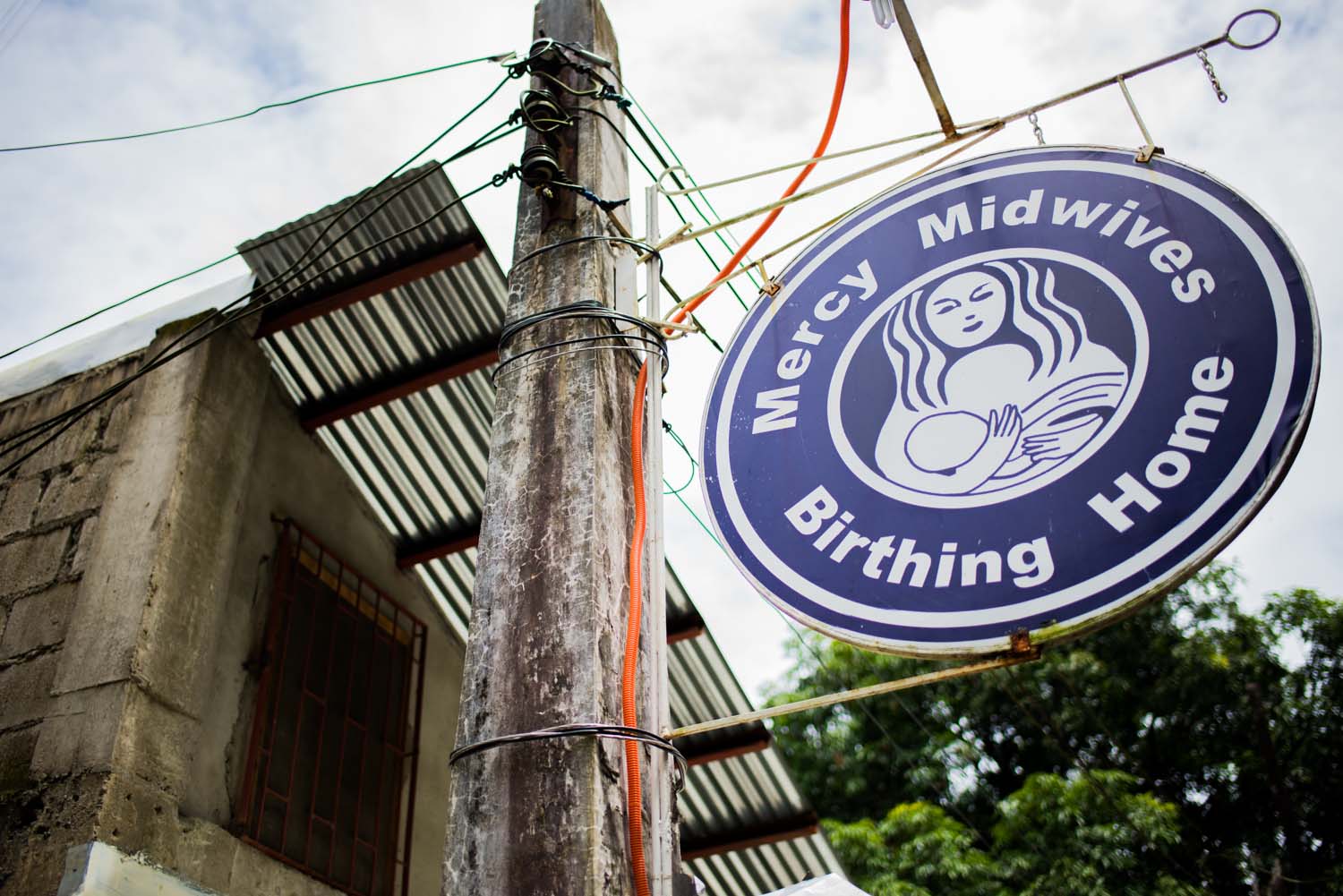Wake of the Storm
Flight OZ703 landed in Manila on September 2, but in many ways our journey to the Philippines began months ago.
The strongest, most destructive typhoon since storm magnitude has been recorded made landfall in early November of 2013. The response on UCLA’s campus and around the world was immediate. Students raised $6,000 in donations over the next two months, through Bruin Walk collection jars and a benefit concert. Nations around the globe sent in supplies and aid workers to help the struggling Visayas in the aftermath of the disaster.
As Typhoon Yolanda (also known as Typhoon Haiyan outside of the Philippines) became a household name, even a world away on our campus, the magnitude of the story unfolding in the Philippines began to reveal itself.

Olongapo is one of the many cities we’ll be visiting on our trip. (Photo by Neil Bedi)
By January, UCLA students donated a total of $12,000 in conjunction with ASUCLA, and the relief efforts in the ravished country were taking off. UCLA sent nurses to help Filipinos left without adequate health care. Samahang Pilipino adopted a new annual campaign to raise money to send a student to contribute to rebuilding work and support relief efforts.
And by June, when classes ended, mentions of Typhoon Yolanda faded away.
But we knew there was more to the story than the initial aid and fundraising.
So our team of three reporters headed out on a nearly 24-hour plane ride to follow the story that is still unfolding in the wake of the storm.
We will be visiting two nongovernmental organizations that received funds from UCLA student donations and talking to survivors of the typhoon about their experiences.

Mercy in Action is one of the two nongovernmental organizations we are visiting. (Photo by Neil Bedi)
Hopefully, we’ll be able to answer some questions about how a nation recovers from one of the worst storms in recent history. How effective are donations from foreign nations? What is the timeline for recovery? Do people still need help nearly a year after the tragedy?
And we’ll be able to share the stories of the typhoon survivors who are still rebuilding, still recovering and will rise again.
On our trip, we’ll be updating our blog regularly to share snippets of our reporting and give a glimpse of the process of gathering a large news story abroad. We’ll share moments that stand out, places that surprise us and people whose stories can stand alone.
We’d never be able to complete our reporting project on Typhoon Yolanda if it wasn’t for the Bridget O’Brien Scholarship Foundation. You can learn more about the scholarship and Bridget here.
